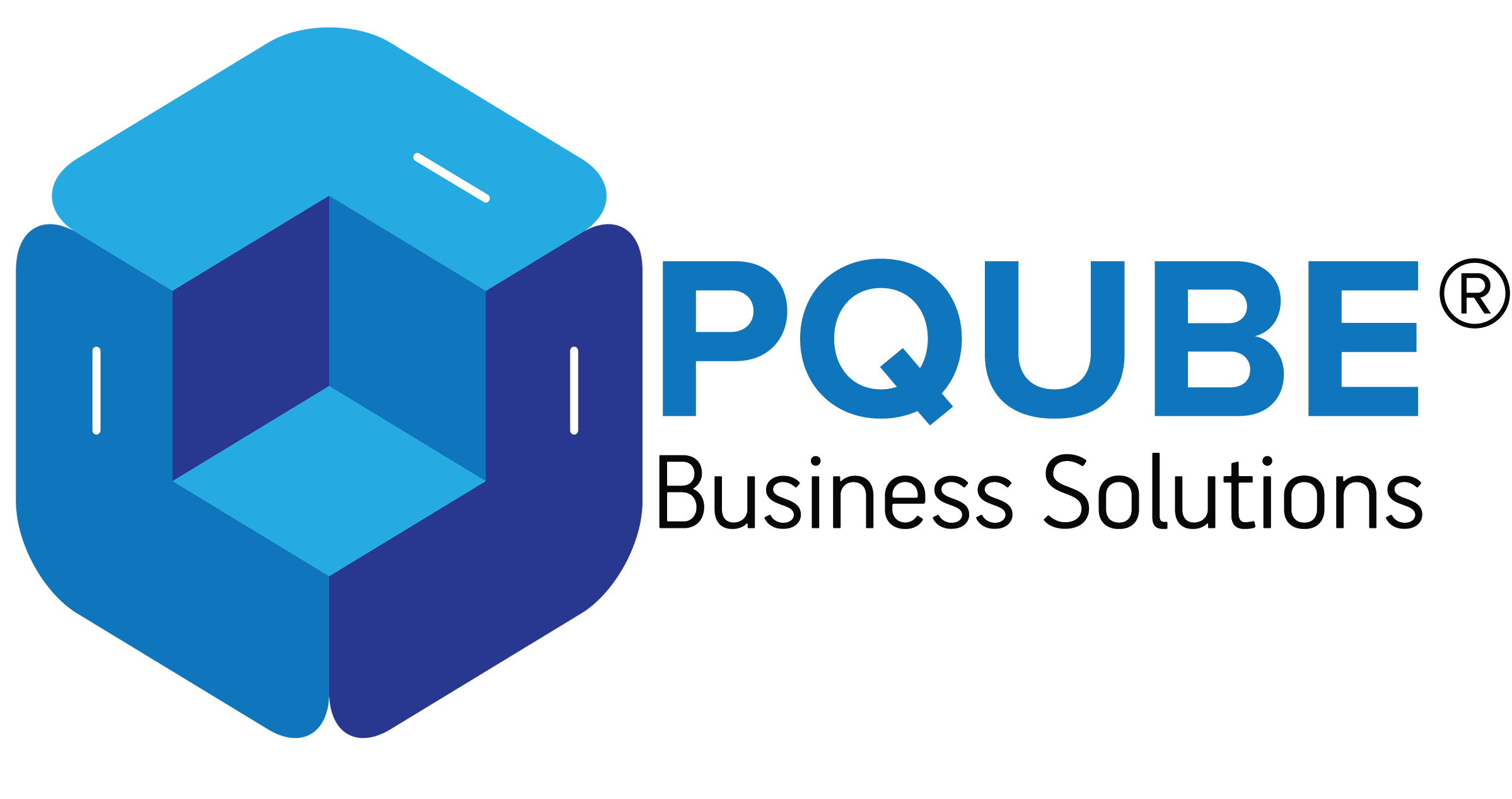Data has a tremendous amount of value in the market. Due to the demand, the data analytics concept was born and organized perfectly to get results. It is essential to know and understand the data analytics lifecycle to complete an activity systematically.
Working with data is a large job that requires more than a couple of people to handle various aspects. Therefore, every company should have a process to record information that can be used over some time.
Now and then, new concepts and courses flash up with a considerable amount of requirements in the market. Data science and Data Analytics are two relatively connected departments, that is on the rise both in terms of job opportunities and businesses.
Data Analytics Lifecycle
The data analytics lifecycle is all about defining the process setup while functioning a project to improvise accordingly. Every company has a different set of parameters that needs to be improved to increase productivity and efficiency. Hence, a complete Data Analytics lifecycle enables you to collect the data in a quick period.
The below-mentioned phases or stages of data analytics allows you to look at the data and observe the behavior to enhance the process. The established methods and proved steps let you approach the right path to find success in a quick time.
Data Analytics Lifecycle Phases
Objective Discovery – Phase 1
Understanding the company’s behavior or the team is one of the critical factors in starting the Data Analytics process. Phase 1 is all about studying the business domain, history, capabilities, team strength, and so on. A detailed study is conducted on resources, technology, and past data, depending on the project’s objective.
Some of the outputs of Phase 1 include finding a business problem and figuring out a broad idea in terms of implementation. Hence, a comprehensive observation of the organization’s behavior and assets is essential to effectively frame and meet the objective.
Preparation of the data – Phase 2
Preparation and planning play a vital role while working on a large project from time to time. Every data analytics team engages in preparing the data based on the phase 1 result from the team. Most of the data analytics believe in working with an analytic sandbox concept. Sandbox concept is an integral part of data preparation because It helps accurately segregate the data.
It is recommended to follow either ELT (extract, load, and transform) or ETL (extract, transform, and load) method to place data in the Sandbox. The data in the Sandbox is generally organized that helps in working with the data effectively. The data is prepared and organized well because it helps in planning the model of the activity.
Planning the Model – Phase 3
Before starting any work, it is essential to plan all the activities involved because it helps save money. Phase 3 is about preparing methods, techniques, and the working model associated with the following methods.
The team engages in exploring the data found from the earlier phases and sets up a process quality work. It helps in knowing the connection between the variables to suit the working model effectively.
The team would provide an organized report and the working model. The same needs to be followed for the rest of the phases.
Building the Model – Phase 4
The actual data analytics work starts after a long preparation and planning based on the objective set by the team. The execution of the assigned tasks from the earlier phase is the primary job of phase 4.
The model building phase comes with a robust environment to execute workflows based on the necessity. A parallel style of working is essential because it helps in coordination with other departments relatively.
Various tools need to be implemented while working on phase 4 of the data analytics lifestyle. Take up tools that allow you to save an ample amount of time and effort while quickly implementing the process.
Communication – Phase 5
Communicating results and the work involved is the vital aspect while working on the project because it helps in having a transparent window between clients and vendors. Every project requires support from all the team members because of obvious reasons. The team figures out the essential findings and the business value associated. It lets people explore various kinds of opportunities while working.
It is essential to communicate results on every stage of the working process because it allows you to reduce the number of errors in the process. Therefore, there will be more time in correcting the workflow to find the desired result. Effective communication also helps in determining the process as a success or failure based on the initial objective.
Delivery – Phase 6
The final stage of the process is the project delivery to the client or the stakeholder. The final phase contains crucial aspects to have a suitable remark in the business. It showcases every task completed and the future results because it helps you in building a reputation effectively. Phase 6 arrives when the team has fruitfully completed the job.
The final delivery consists of handing over reports, documents, and brief training on the process. Therefore, there should be enough time for phase 6 because there will be a massive amount of knowledge transfer from a trained professional to a layman.
Difference between Data Science and Data Analytics
What is Data Science
Data Science is defined more like a process and an activity, that gives information based on the past data. Every company needs to look at their past because it helps them to fix their future quickly. Data Science allows you to study the company prospects and behavior to define a foolproof process. Data science and data analytics are relatively similar but have a vast difference when you look at in-depth.
Data scientists are having a good time in terms of opportunities and career options because every company is looking forward to exploring this segment. Using data science plays a vital role for every individual or a company because it reduces risks and losses over some time.
What is Data Analytics
Data Analytics is a process that involves the analysis of raw data to figure out both positive and negative aspects. The data analytics consists of various steps and techniques because it helps in determining the exact goal effectively. Some of the methods are known to offer accurate data to find the glitch in the process.
There are multiple components found in the process that need to be combined with looking for the exact method. The method is personalized and customized based on the raw data using a data analytics process. It is widely recommended for people to look for specific answers while working on data analytics because it saves time and effort.
Top 10 Data Analytics Tools
- R Programming
- Tableau Public:
- Python
- SAS
- Apache Spark
- Excel
- RapidMiner
- KNIME
- QlikView
- Splunk
Conclusion
Know the life cycle takes place in data analytics because it allows you to understand the objective. Most organizations have taken data analytics and data science seriously because it helps them to grow invariably. The current set of variables and assets may have been giving plenty of troubles in various steps.
A useful report from a quality team of data analytics lets you understand the loopholes. An efficient report from analytics allows you to fix all kinds of loopholes without compromising on the quality.






